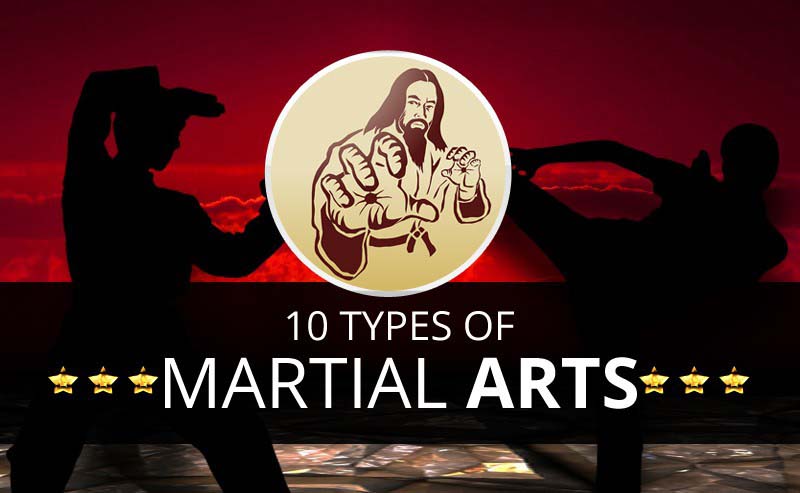Martial arts have a fascinating history that covers centuries and continents. You may find it interesting just how ancient methods like Shuai Jiao and Kalaripayattu prepared for contemporary battle strategies. These disciplines not just stress physical skills however additionally mirror the societies that birthed them. As you discover their advancement, think about exactly how globalization has actually transformed these typical types into crossbreed styles. What influences do you think have shaped today's martial arts landscape?
Ancient Martial arts: The Foundations of Combat
As you explore the globe of ancient martial arts, you'll uncover the abundant foundations that shaped fight methods throughout societies. Early practices focused on Self-Defense and survival, usually including strikes, grappling, and weapons.
In old China, for example, methods like Shuai Jiao emphasized tosses and joint locks, while India's Kalaripayattu showcased agility and liquid motion. Japanese samurai established Kenjutsu, a refined swordsmanship that highlighted technique and approach.
karate near me served not just for fight however also as a means of personal development, instilling values like regard and perseverance. The mixing of these methods over time laid the groundwork for the varied martial arts you see today, each mirroring the one-of-a-kind viewpoints and requirements of its culture.
The Cultural Influence on Martial Arts Development
While martial arts typically mirror the practical requirements of a culture, they likewise symbolize the cultural values and beliefs of their origins. When you explore different martial arts, you'll notice just how they're influenced by faith, philosophy, and social norms.
For instance, the focus on regard and discipline in Japanese martial arts originates from Zen Buddhism and samurai society. On the other hand, Brazilian Jiu-Jitsu promotes adaptability and approach, formed by the need for effectiveness in a diverse, modern setting.
You might find that the rituals, attires, and training techniques reflect an area's history and identity. By comprehending these social impacts, you deepen your recognition of martial arts and their function fit human experiences across the globe.
Modern Adaptations and the Globalization of Martial arts
Martial arts have actually transformed significantly in recent years, adjusting to modern culture and global influences. You'll discover that typical forms have mixed with modern-day strategies, creating hybrid styles like mixed martial arts. These adaptations satisfy varied target markets, making martial arts accessible and attractive worldwide.
With the increase of social media and digital systems, you can locate tutorials and competitors from all corners of the world, breaking geographical obstacles. This globalization has resulted in a common admiration for numerous self-controls, from Brazilian Jiu-Jitsu to Taekwondo.
As linked website engage with these arts, you'll realize they're not almost combat; they advertise physical fitness, discipline, and mental well-being.
Ultimately, modern-day adaptations have enriched the martial arts landscape, making it a dynamic and advancing technique.
Verdict
In exploring the background and advancement of martial arts, you reveal an interesting blend of strategies, societies, and approaches. From martial arts weapons like Shuai Jiao and Kalaripayattu to the modern versatility seen in MMA, martial arts mirror humankind's quest for Self-Defense and personal growth. As you involve with these methods, you not just obtain skills however also a deeper recognition for the diverse practices that shape our world today. So, continue your trip and accept the art of battle!
